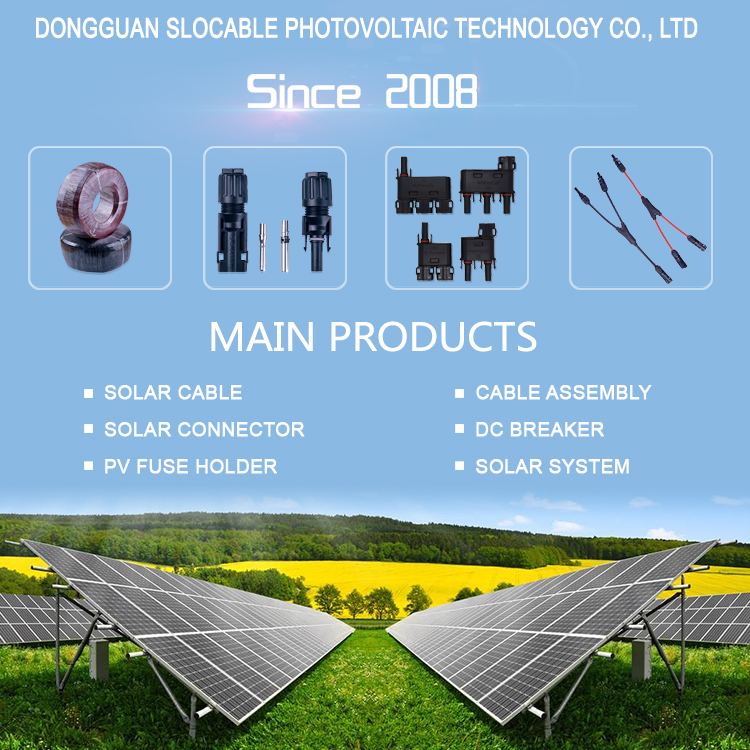
For aesthetic reasons, more customers and installers are turning to flush-mount, pitched rooftop solar systems that are increasingly getting closer to the roof. One thing sometimes overlooked when designing the most attractive system is just how to manage all the wires underneath.
There isn’t a blanket method for proper wire management on these projects. How to secure PV cables depends on the racking system, modules and the type of roof covering on the building. And don’t forget the difficulty in running hundreds of feet of wire on an inclined surface.
“You’re asking [installers] to try and route wires in a 4- to 6-in. space and then use clips that are the size of a quarter and install them while routing wire safely — and it’s probably 130°F on the roof,” said Nick Korth, product marketing manager for HellermannTyton. “There’s a whole bunch of factors that create an environment where it’s easy to cut corners and it’s very easy to do it wrong or do it cheap.”
Securing cables correctly the first time will save installers from spending money on a truck roll just to replace some broken zip ties.
Most solar racking and mounting manufacturers carry products specific to wire management, and companies like HellermannTyton and Burndy (which carries the Wiley line of products) have a range of clips and ties for securing solar cables. But this specialized equipment is often overlooked for a cheaper alternative.
“I think what installers may not know is that there is a purpose-built product for every application, and sometimes they don’t look hard enough for the solution,” said Susan Stark, senior manager of training at IronRidge. “[Installers] started making their own [wire solutions], and making their own is a highly fraught experience because they don’t totally understand the amount of movement that this is going to have over time.”
The common solution for securing wire on a flush-mounted array is simple plastic zip ties bought from any home improvement store. These cable ties are inexpensive and made of a low-level composite that is neither solar-rated nor UL-certified to withstand the vast temperature changes underneath a residential solar system over its operating lifespan.
Technicians will return to arrays to find broken zip ties and wires hanging loose and touching the roof, creating potential electrical hazards and system faults. Only plastic ties that are tested for prolonged exposure to sunlight, extreme temperature changes and vibrations should be used on solar projects. HellermannTyton alone carries nylon Solar Ties, edge clips and metal clips that snap onto module frames and rails.
Whether to use metal clips or plastic cable ties depends on site conditions and installer preference. Metal clips are stronger and have a longer lifespan, but they can have sharper edges that cut into components if secured incorrectly, including into the PV wiring itself.
“At the end of the day, the thing I go back to is labor,” Korth said. “How consistent do you think your installers are going to be installing metal clips, and are they going to cut corners?”
Certain rail-based solar mounts are designed to work with accessory wire clamps. Then there are clip-free cabling solutions like Unirac’s SOLARTRAY, a wiring channel that clicks onto the racking rail and runs the length of a module, supporting the entire length of cable.
Wiring is a task handled throughout the installation of a flush-mount array. On a 30-module residential solar project, installers can expect to be working with around 400 ft of cable and more than 200 electrical connection points.
“The sheer number is just something that I don’t think installers quite realize,” said Brady Schimpf, marketer and product developer for Unirac. Schimpf wrote the white paper “Wire Management Best Practices” for the mounting company that was published in May.
Preplanning how to keep all the PV wiring secured to the junction-box edge of the module allows for easy maintenance access in the future. Wires from junction boxes can be attached to the panel frame with cable ties or wire clips before laying down any modules. Homerun wires are attached to the racking system (if there is one) with cable ties or accessory wire clamps.
When split junction boxes are centered on a module, like in the case of half-cell panels, wires need to be led across the backsheet to the module frame to meet the planned route.
“You look at the number of modules you have, the layout of that array and decide how many source circuits (strings) are going to have to be in this array based on the inverter manufacturer’s guidance or the optimizer manufacturer’s guidance,” IronRidge’s Stark said.
Module-level power electronics are attached to the rail or module frame and both sets of cables can be inserted into module clips or ties — if there’s enough space. Managing the wires before laying the panels will save installers from trying to do attachments in that narrow space.
Cable management solutions like SnapNrack’s Universal Wire Clamp fasten to the channel on the company’s proprietary roof rail. The clamp can guide wiring at any angle under the array at multiple points on the rail. Unirac’s SOLARTRAY clicks onto one side of the rail channel system. Cable is fed into the tray’s slot. It was designed to accept excess wiring, making the rail the route for PV cable.
Cable ties can be used on either the rail or the module frame. Ties are attached to module frames using additional fasteners on the lip or guiding holes in the frame. HellermannTyton’s Korth recommended not running cable ties through the guiding holes though, as that can cause breaks.
While low-grade zip ties are a problem, improper installation practices with any wire management solution can also be detrimental. If an installer is using plastic or metal ties, they can’t be pulled too tightly around the wire, otherwise the cable will expand in the heat and cause the tie to break. If using clips or ties for routing wires, the cable can’t be so slack that it’s touching the roof, nor can it be too tight like a guitar string.
The entire system, including the cable, will expand and contract between hot and cold temperatures. Giving cables just enough space to do so without forcing the wiring out of its clips or ties is key.
“Unless you’ve actually installed and done [wire management] for a while, it’s difficult because it is so much of an art,” Unirac’s Schimpf said. “It’s hard to fully wrap your head around sometimes.”
Solar installers should set down that cheap bag of plastic zip ties and consult mounting companies or wire management manufacturers to ensure their arrays don’t have future cable issues.
To help with cable management and to effectively prevent the incursion of rodents, birds, leaves, etc. an expanced metal screen affixed to the premiter of the array is warranted. This expanded metal skirting may also be mandated by HOAs to mitigate the unsightly views of the space between the roof and panels. More can be found at http://www.EXPAC.com
Clean wiring runs is essential for a long lasting solar PV project. In Southern California and probably many other places, the infamous fruit rat or sometimes called roof rats like to find tight spaces for their nests away from the paws of neighborhood cats, owls, raptors. Chewing on wiring seems to be a hobby of these critters. As regulations come along, NEC changes will create the remediation technologies that will “attach” to solar PV panels to regulate or control power out to meet some “standard”. The more connections, the more chance poor connections will fail and create problems from malfunction to fires. The more “jumpers” from solar PV panel to ancillary devices like converters, micro-inverters, RSD modules will create the wiring nightmare on one’s roof, that will require careful layout to get a clean and long lasting installation. Raceways attached to “raised” roof racking may be one remedy. On some of the newer large scale roof installations the “snake tray” is becoming a popular installation item in the overall project.
” While low-grade zip ties are a problem, improper installation practices with any wire management solution can also be detrimental. If an installer is using plastic or metal ties, they can’t be pulled too tightly around the wire, otherwise the cable will expand in the heat and cause the tie to break. If using clips or ties for routing wires, the cable can’t be so slack that it’s touching the roof, nor can it be too tight like a guitar string.”
Old timer wiring harness builders will tell you a “wrap” around two fingers before terminating a wire into a connector is the “service loop” needed for proper future wire management and repair if “other” items are required to keep the solar PV system up to code.
Browse the current issue and archived issues of Solar Power World in an easy-to-use, high-quality format. Bookmark, share and interact with the leading solar construction magazine today.
Solar policy differs across state lines and regions. Click to see our monthly roundup of recent legislation and research throughout the country.



 2020-06-12
2020-06-12















